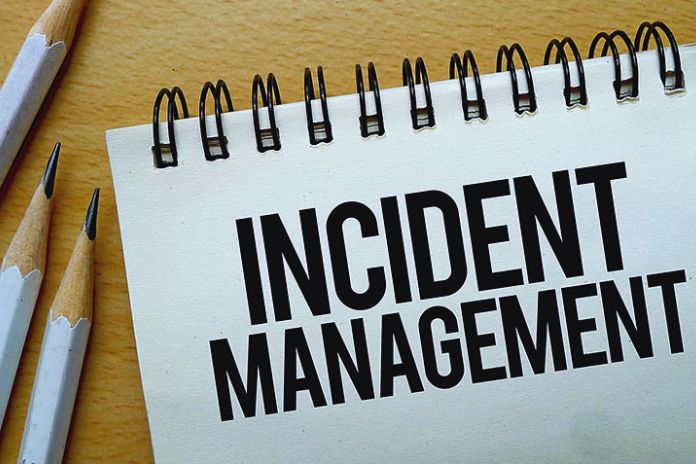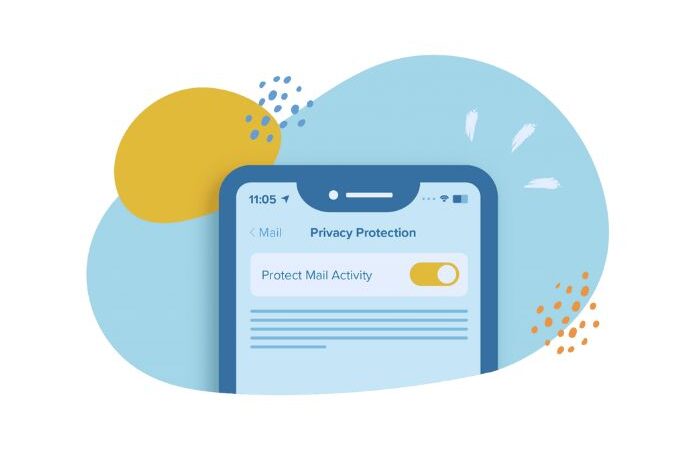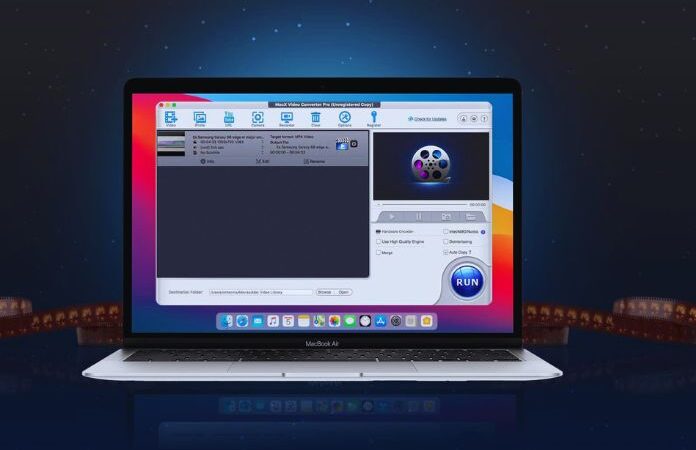Incident Management: Resolve Disruptions More Quickly

It happens again and again: you are in the middle of a necessary process, and IT goes on strike in some way. Unfortunately, in a digital world where you rely on your IT infrastructure, disruptions will inevitably occur. But how can you solve disorders quickly and minimize such downtimes? The answer lies in incident management.
Table of Contents
What Is Incident Management?
Incident management is a process in which IT disruptions or failures are identified, analyzed, resolved, and documented. An incident describes an incident or occurrence. The aim is to restore normal operations as quickly as possible. Incident management is part of IT service management (ITSM).
Why Is Incident Response Management Critical?
One thing is clear: Nobody likes to experience a technical malfunction. Sometimes, there is no rush to fix the problem, but an incident often creates critical moments. Here, ITIL (Information Technology Infrastructure Library) Incident Management, also known as Incident Response Management, must take effect immediately to ensure operational continuity. It helps to manage disruptions in IT effectively. Other Advantages of Incident Management:
- Faster recovery of IT systems: Through effective incident management, the responsible IT teams identify disruptions more quickly in order to resolve them. This secures the operational process and prevents long-term downtime through derived insights.
- Improvement of service quality: Disruptions often lead to critical situations, especially in customer service. The better crisis management works, the higher the overall service quality for your customers.
- Cost reduction: If disruptions are resolved quickly, and incident management works better, then an IT problem also causes fewer costs.
Another point concerns our employees. Anyone who waits for days for an IT problem to be solved quickly loses motivation for work. Reliable IT systems and quick reactions to disruptions, therefore, have a positive influence on the basis and satisfaction of employees.
Problem Management Vs. Incident Management
The two terms and management methods, Incident management and problem management, as well as issue management, often need clarification. So what’s the difference? While incident management aims to resolve IT disruptions as quickly as possible and restore normal operations, problem management focuses on identifying and eliminating the causes of recurring incidents. The main goal of problem management is to prevent future incidents and disruptions and minimize their impact.
In practice, it quickly becomes apparent that incident management and problem management are closely linked. Resolving an incident often leads to the identification of a problem, which in turn needs to be addressed on paper in the problem management process. Effectively, this often happens in the same place. In short, incident management is short-term and reacts to problems, while problem management is long-term and proactive.
What Does The Ideal Incident Management Process Look Like?
According to most experts, the ideal incident management process consists of five steps. These look like this:
- Detection and recording: An incident in an IT system occurs and is reported by the user. The problem is recorded in incident management.
- Classification: The incident is categorized, for example, according to how severe the disruption is. There are no fixed categories; you can define them as you wish.
- Prioritization: In the third step, you determine the urgency and processing time.
- Diagnosis: The incident is now processed. They investigate the cause of the incident and determine appropriate solutions.
- Resolution: The identified solution is implemented to resolve the problem, restoring regular operation.
After these steps, a review and documentation should also take place. Did the solutions help in the long term? In the documentation, there is a connection to problem management, especially if IT problems are recurring.
Incident Management Best Practices
In order to successfully implement incident management in your company, there are a few essential points to consider. A look into practice and best practices reveals which three aspects are fundamental:
- Ensure that your employees are trained in incident management. Your IT teams need to know how to detect, analyze, and effectively resolve disruptions.
- Implement a central and accessible help desk that allows your employees and customers to report problems easily.
- Perform a whole process review on a regular basis so you can continually improve systems. This is the easiest way to identify weak points in your overall design and take proactive measures.
It is also advisable to define clear roles and responsibilities. This means that all employees know what to do, when, and how.
Also Read: How To Deal With Negative Comments On Social Media






